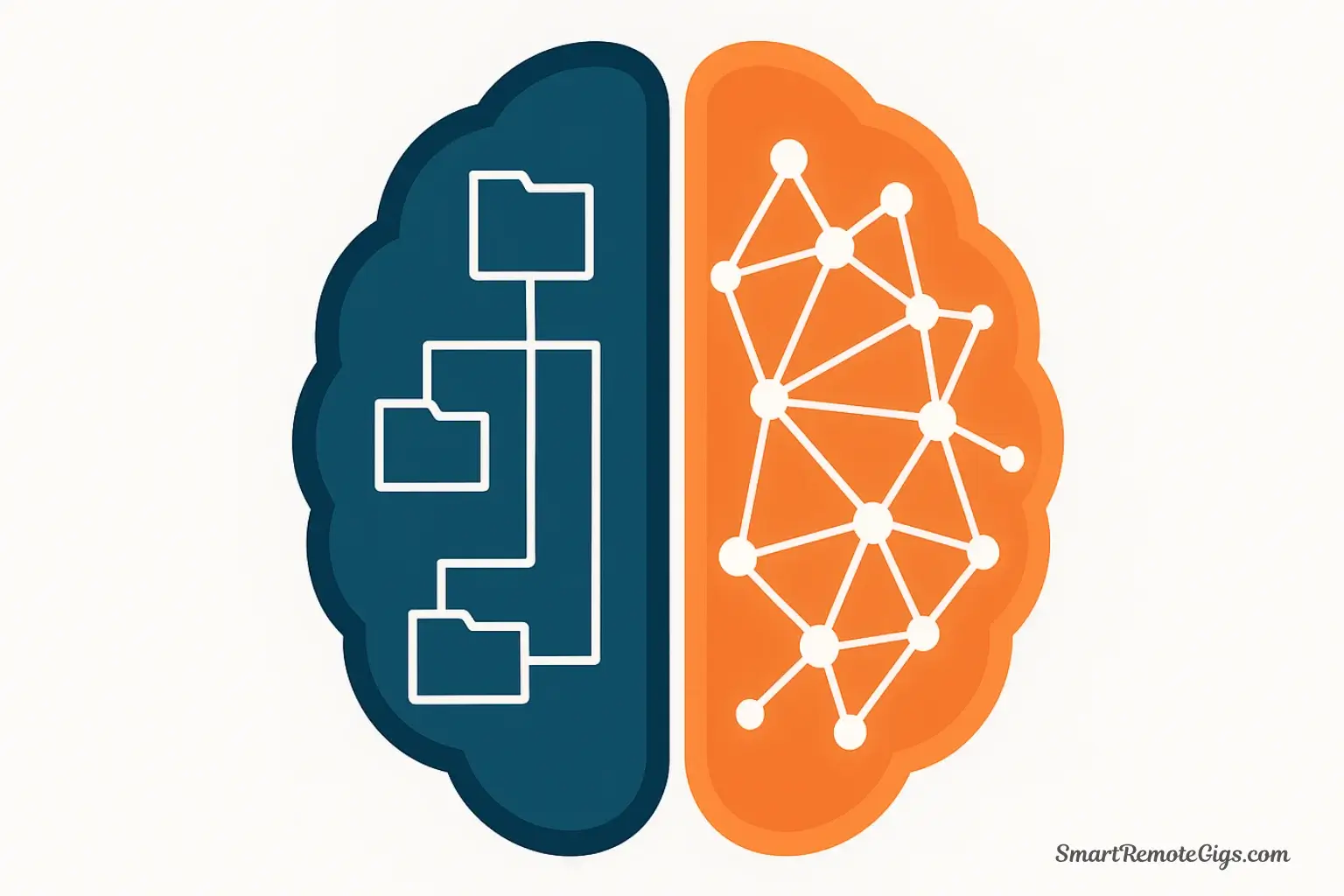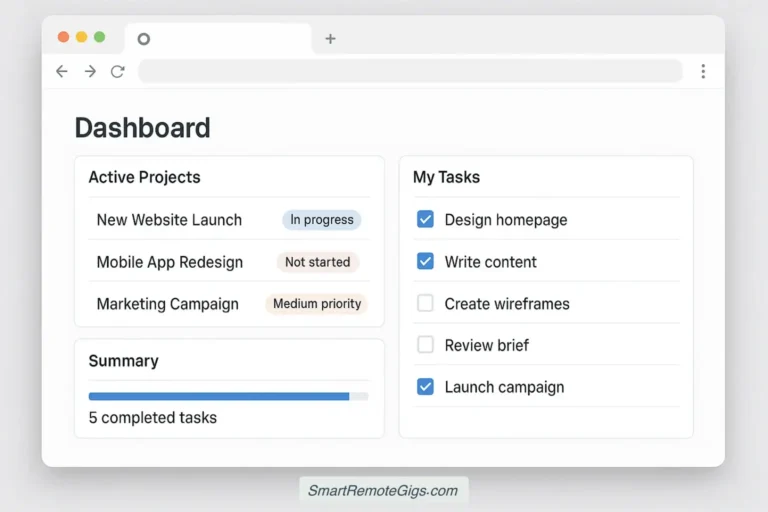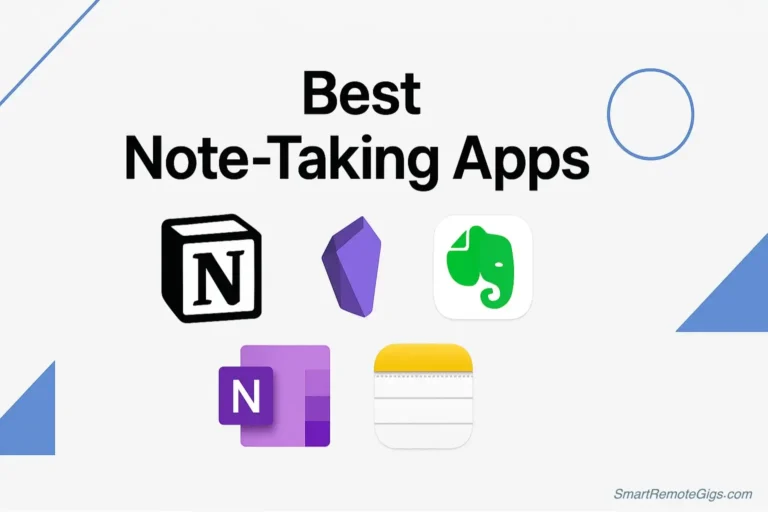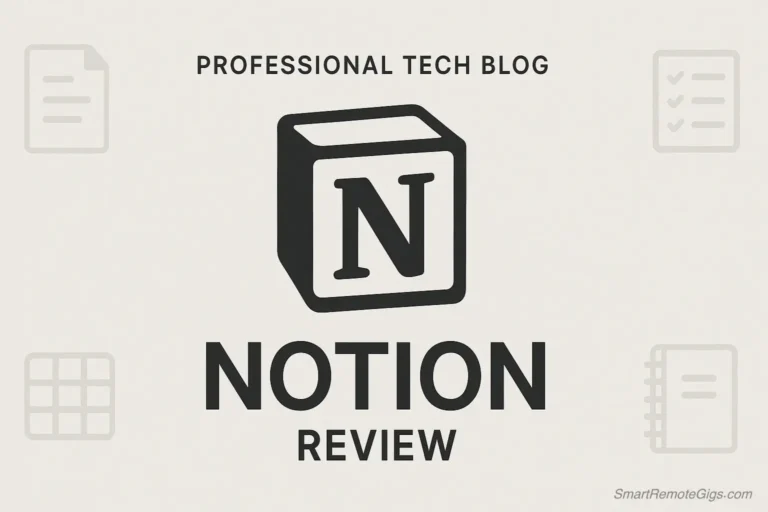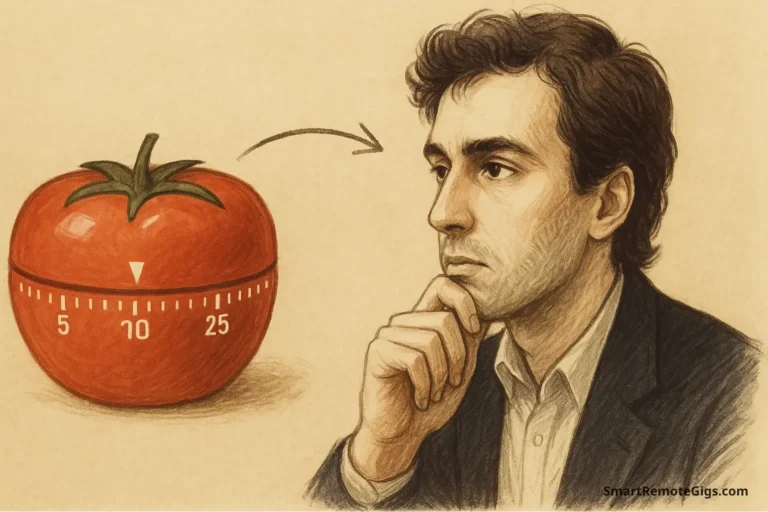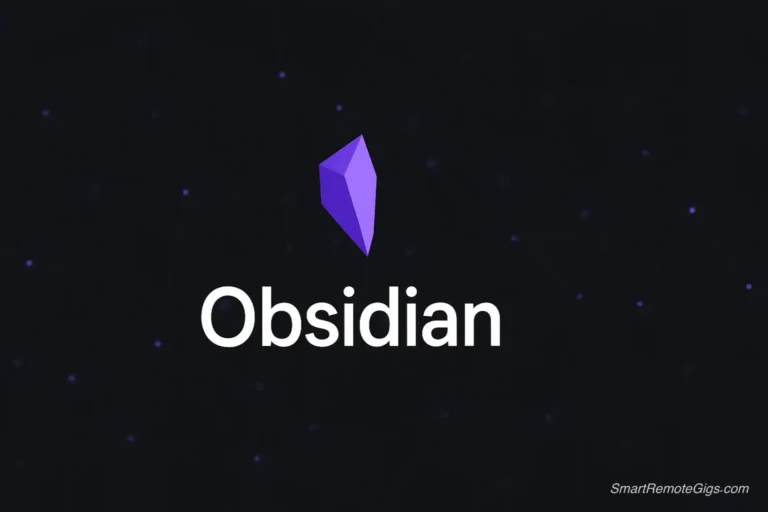You’ve decided to get serious about organizing your digital notes. You’ve read about knowledge management systems. And now you’re stuck between two popular approaches that seem completely different: P.A.R.A. and Zettelkasten.
One promises to help you complete projects faster. The other claims to make you a better thinker. One uses folders. The other uses links. One sounds straightforward. The other sounds… German and complicated.
Here’s the truth: both systems work brilliantly, but they solve fundamentally different problems. P.A.R.A. is optimized for action—getting things done, meeting deadlines, and managing responsibilities. Zettelkasten is optimized for insight—connecting ideas, generating original thoughts, and building deep understanding over time.
In this guide, you’ll learn exactly how each system works, when to use which one, and—most importantly—how to combine them into a hybrid approach that delivers both productivity and creativity. By the end, you’ll know precisely which personal knowledge management system fits your needs.
What is P.A.R.A.? The System for Action
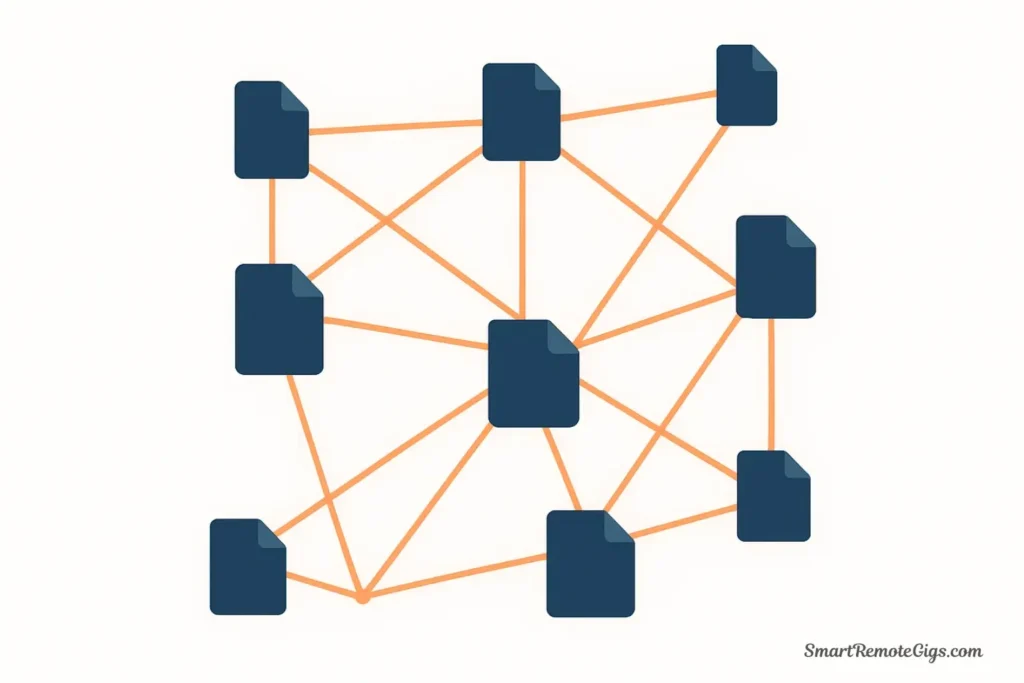
Think of P.A.R.A. as a digital filing cabinet organized by actionability. It’s a four-folder structure that answers one question: “When will I use this information?”
The acronym stands for:
Projects – Short-term efforts with clear goals and deadlines (e.g., “Write quarterly report,” “Plan vacation”)
Areas – Ongoing responsibilities you maintain over time (e.g., “Health & fitness,” “Team management”)
Resources – Topics of interest you’re learning about (e.g., “Photography techniques,” “Leadership frameworks”)
Archives – Inactive items from the other three categories
The genius of P.A.R.A. is its simplicity. Every piece of information has an obvious home based on how and when you’ll use it. Your meeting notes go in the relevant Project folder. Articles about personal finance go in the Finance Area. That interesting essay you saved goes in Resources.
Core philosophy: Information should be organized by actionability, not by topic or category. A note about “marketing strategies” doesn’t go in a “Marketing” folder—it goes in the specific project where you’ll actually use those strategies.
The organizing question: “When will I use this?” If it’s for a current project, it’s a Project. If it’s an ongoing responsibility, it’s an Area. If it’s for potential future use, it’s a Resource. If you’re done with it, it’s Archived.
Best for: Anyone with deadline-driven work—project managers, students, knowledge workers, professionals juggling multiple commitments. P.A.R.A. excels when you need to execute and deliver results. It’s part of the broader Second Brain methodology popularized by Tiago Forte.
What it looks like in practice:
// A simple, top-down folder hierarchy
📁 Projects
└─ Q4 Product Launch
└─ Write Research Paper
└─ Apartment Search
📁 Areas
└─ Health & Fitness
└─ Career Development
└─ Financial Management
📁 Resources
└─ Productivity Techniques
└─ Design Inspiration
└─ Programming Tutorials
📁 Archives
└─ 2023 Completed ProjectsWhat is Zettelkasten? The System for Insight
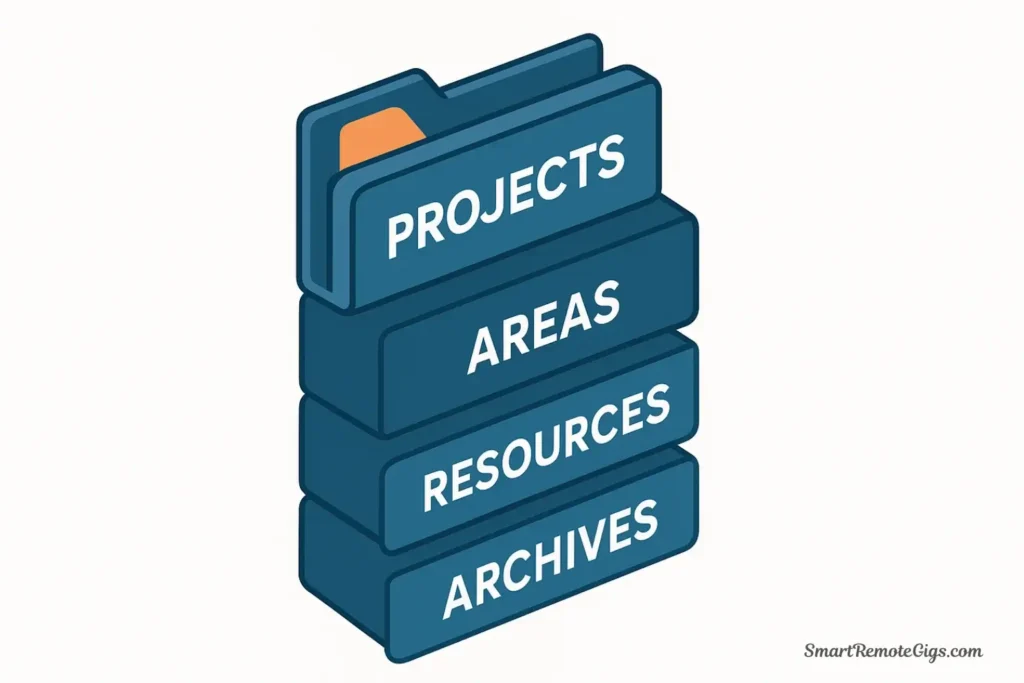
Think of Zettelkasten as a web of interconnected ideas or a conversation partner for your thoughts. It’s a note-taking method where you create small, atomic notes and link them together to form a network of knowledge.
The word means “slip box” in German, named after the analog system used by sociologist Niklas Luhmann, who published 70 books and 400 articles using this method.
Core components:
Atomic notes – Each note contains one idea, fully explained in your own words (not just highlights or quotes)
Unique identifiers – Every note gets a unique ID (often a timestamp like “202410241530”)
Bidirectional links – Notes reference related notes, creating a web of connections
No rigid structure – Organization emerges organically through links rather than pre-defined folders
The magic of Zettelkasten happens when you revisit old notes and discover unexpected connections. That note about evolutionary biology suddenly connects to your note about organizational culture. A psychology concept illuminates a marketing problem. Ideas combine to create insights you never would have thought of in isolation.
Core philosophy: Knowledge isn’t hierarchical—it’s networked. The value isn’t in individual notes but in the relationships between them. Your Zettelkasten becomes a “thinking partner” that surfaces relevant ideas when you’re working on new problems.
The organizing question: “How does this relate to what I already know?” Every new note is written with explicit connections to existing notes, creating a growing web of understanding.
Best for: Writers, researchers, academics, philosophers, and lifelong learners focused on developing original ideas. Zettelkasten excels when you need to think deeply and generate novel insights from accumulated knowledge.
What it looks like in practice:
// A flat network of notes connected by links, not folders
📝 202410241530 - Cognitive load theory
Links to: [[202409151200]], [[202410120900]]
Tags: #learning #psychology
📝 202409151200 - Why spaced repetition works
Links to: [[202410241530]], [[202407221400]]
Tags: #learning #memory
📝 202407221400 - Forgetting curve and retention
Links to: [[202409151200]]
Tags: #memory #researchNotice: no folders, no hierarchy, just notes linking to related notes.
The Head-to-Head Comparison: PARA vs. Zettelkasten
Let’s break down the key differences to help you understand which system—or combination—fits your needs.
| Dimension | P.A.R.A. | Zettelkasten |
|---|---|---|
| Primary Goal | Execute projects and manage responsibilities | Connect ideas and generate insights |
| Structure | Hierarchical folders (4 main categories) | Flat network of linked notes |
| Organization Method | By actionability and time horizon | By conceptual relationships |
| Time Horizon | Immediate to mid-term (weeks to months) | Lifelong (years to decades) |
| Main Question | “When will I use this?” | “How does this relate to other ideas?” |
| Note Style | Any format—highlights, meeting notes, documents | Atomic notes in your own words |
| Ideal Use Case | Completing tasks, meeting deadlines | Thinking, writing, research |
| Learning Curve | Low—intuitive and quick to implement | Moderate—requires discipline and practice |
| Tools | Works in any app with folders (Notion, Evernote) | Best in link-friendly apps (Obsidian, Roam) |
| Main Risk | Becoming a “graveyard” of unused notes | Becoming too abstract, disconnected from action |
Primary Goal: Execution vs. Connection
P.A.R.A. optimizes for getting things done. It asks: “What project am I working on right now, and what information do I need to complete it?” The system succeeds when you ship projects, meet deadlines, and advance your responsibilities.
Zettelkasten optimizes for thinking and creativity. It asks: “What connections can I draw between different ideas?” The system succeeds when you develop original insights, write with depth, or solve complex problems by combining knowledge in novel ways.
Structure: Hierarchical Folders vs. Networked Notes
P.A.R.A. uses a clear hierarchy. Information flows from top-level folders (Projects, Areas, Resources, Archives) down to specific items. You always know where something lives because it’s organized by when and how you’ll use it.
Zettelkasten rejects hierarchy entirely. It’s a flat structure where notes connect to related notes through links. The organization emerges naturally as your knowledge base grows. There’s no “right place” for a note—only meaningful connections.
This is the difference between PARA and Zettelkasten that matters most: one uses containers (folders), the other uses connections (links).
Time Horizon: Immediate & Mid-Term vs. Lifelong
P.A.R.A. focuses on your current reality. Projects have deadlines (this month, this quarter). Areas are responsibilities you’re actively managing. Resources are things you might need soon. The system is designed to help you execute right now.
Zettelkasten plays the long game. Notes you write today might not reveal their value until five years from now when you’re working on a completely different project. The system assumes you’re building a lifelong knowledge base that compounds over time.
Main Challenge: Graveyard vs. Abstraction
P.A.R.A.’s weakness: it can become a beautifully organized graveyard of notes you never revisit. You capture information, file it perfectly, and… never look at it again. Without regular review and active use (the “Express” step in C.O.D.E.), P.A.R.A. is just advanced filing.
Zettelkasten’s weakness: it can become too abstract and disconnected from practical application. You can spend hours creating beautiful atomic notes and linking them together without ever actually using that knowledge to write, create, or solve real problems. It requires discipline to convert insights into output.
The Best of Both Worlds: The Hybrid Approach
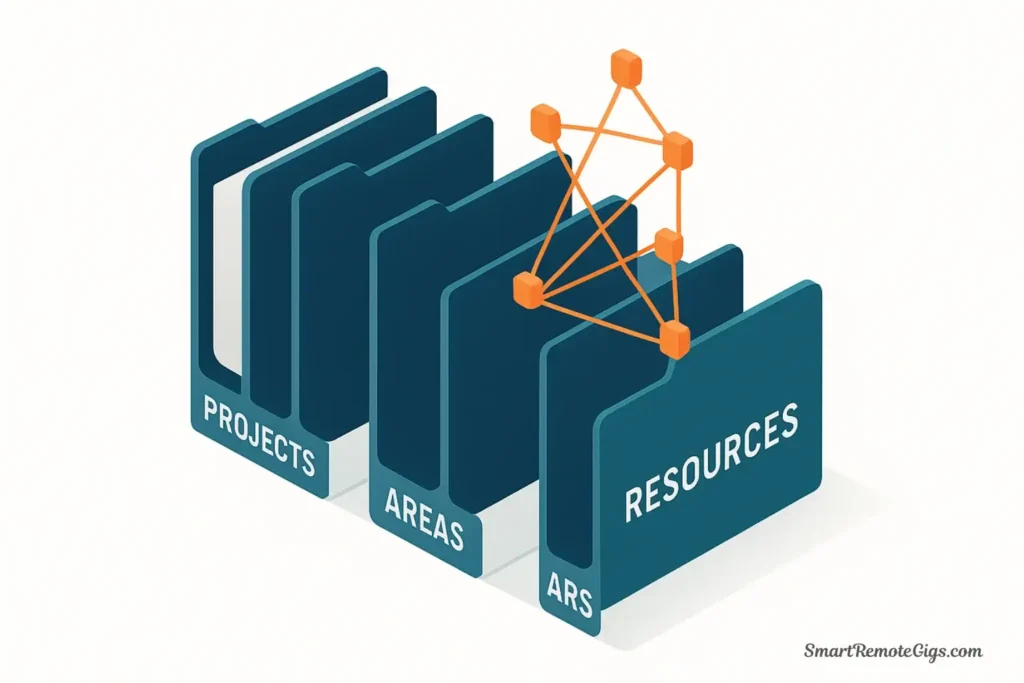
Here’s the expert-level insight that most productivity guides miss: you don’t have to choose. The most powerful approach combines both systems, using each for what it does best.
The hybrid architecture works like this:
Use P.A.R.A. as Your Top-Level Structure
Your four main folders (Projects, Areas, Resources, Archives) serve as the foundation. This gives you actionability and clarity—you always know where to file something based on when you’ll use it.
Build Your Zettelkasten Inside the Resources Folder
Your Resources folder becomes home to your permanent, interconnected notes—your personal Zettelkasten. This is where you store atomic notes about concepts, ideas, and insights that transcend specific projects.
Structure example:
📁 Projects (Action-Oriented)
└─ Write Book on Leadership
└─ Q4 Marketing Campaign
📁 Areas (Ongoing Responsibilities)
└─ Health & Fitness
└─ Professional Development
📁 Resources (Knowledge Base)
└─ 💎 My Zettelkasten ← (Interconnected atomic notes)
├─ 202410241530 - Cognitive load in learning
├─ 202409151200 - Spaced repetition principles
└─ 202407221400 - Memory retention research
└─ 📚 Articles & Highlights (Source material)
└─ 📋 Templates & Frameworks
📁 Archives (Completed & Inactive)
└─ 2023 Completed ProjectsVisual Concept: Your P.A.R.A. folders provide the structure (the container), while your Zettelkasten inside Resources provides the connections (the web of ideas).
The Workflow: How PARA and Zettelkasten Work Together
This is PARA and Zettelkasten together in practice:
1. Capture in Projects/Areas (P.A.R.A.)
When you attend a meeting, read an article, or have an idea related to a current project, capture it in the relevant Project or Area folder. This is immediate, actionable information.
2. Distill into Resources (Transition)
During your weekly review, identify insights worth preserving long-term. Extract the core concept and create an atomic note in your Zettelkasten (inside Resources).
3. Connect in Zettelkasten (Zettelkasten)
Write the insight in your own words. Link it to related notes. Add it to relevant “index” or “map of content” notes. Let it become part of your growing knowledge web.
4. Express from Both (Synthesis)
When starting a new project, search both your Project folders (for recent, relevant work) and your Zettelkasten (for conceptual insights). Combine tactical knowledge with deep understanding.
Who Benefits Most from the Hybrid Approach?
Writers and content creators: Use P.A.R.A. to manage current writing projects and deadlines. Build a Zettelkasten of ideas, concepts, and connections that fuel future work.
Researchers and academics: Use P.A.R.A. to organize current research projects, grant applications, and teaching. Build a Zettelkasten of theoretical insights and literature connections.
Knowledge workers who think and do: Use P.A.R.A. for quarterly goals, team management, and execution. Build a Zettelkasten of mental models, frameworks, and principles that inform better decisions.
Students (especially grad students): Use P.A.R.A. to manage coursework, assignments, and semester projects. Build a Zettelkasten of conceptual understanding that carries across courses and into your thesis.
Implementation Tip: Start with P.A.R.A. first. Get comfortable organizing by actionability. Then, after a month or two, begin experimenting with atomic notes in your Resources folder. Don’t try to implement both systems perfectly on day one—let the hybrid approach emerge naturally.
Which System Should You Choose?
Still unsure which approach is right for you? Here’s a decision framework:
Choose P.A.R.A. alone if:
- Your primary goal is productivity and project completion
- You work with clear deadlines and deliverables
- You want the simplest system that works in any app
- You’re not focused on long-term knowledge development
Choose Zettelkasten alone if:
- Your primary goal is deep thinking and original insights
- You’re a writer, researcher, or academic focused on theory
- You’re comfortable with a flatter, more emergent structure
- You’re building a lifelong knowledge base (5+ year horizon)
- You’re willing to invest time in learning Obsidian or similar linking tools
Choose the hybrid approach if:
- You need to both execute projects and think deeply
- You’re a professional who also writes, teaches, or creates
- You want the best of both worlds
- You’re willing to maintain slightly more complexity for significantly more value
The question of zettelkasten vs para isn’t really “versus” at all—it’s about understanding what each system optimizes for and choosing accordingly.
Frequently Asked Questions
Can I use Notion for Zettelkasten?
Yes, but with limitations. Notion supports bidirectional linking (using [[double brackets]]), which is the core feature needed for Zettelkasten. However, Notion’s link visualization isn’t as robust as dedicated tools like Obsidian or Roam Research. You can absolutely build a functional Zettelkasten in Notion—it just won’t have the graph view or advanced link analysis features. If you’re already invested in Notion and building a hybrid P.A.R.A./Zettelkasten system, it works well enough.
For serious Zettelkasten practitioners focused primarily on networked thinking, Obsidian is generally preferred.
Is P.A.R.A. the same as Tiago Forte’s Second Brain?
P.A.R.A. is one component of the Second Brain methodology. Tiago Forte’s complete system includes both P.A.R.A. (the organizational structure) and C.O.D.E. (the workflow: Capture, Organize, Distill, Express). P.A.R.A. tells you where to put information, while C.O.D.E. tells you how to process it. Think of P.A.R.A. as the filing system and Second Brain as the complete methodology for building and using that system effectively.
How many notes do I need for a Zettelkasten to be useful?
Your Zettelkasten becomes valuable much sooner than you think—around 50-100 well-connected notes. At that point, you’ll start experiencing the “serendipity effect” where old notes surface unexpectedly relevant connections to new ideas. However, the system truly compounds over years. Niklas Luhmann, the inventor of Zettelkasten, accumulated over 90,000 notes across his lifetime.
Start small: write 2-3 atomic notes per week, focus on quality connections over quantity, and trust that the value will emerge over time. The key isn’t the number of notes—it’s the habit of consistently adding well-linked, atomic ideas.
Don’t overthink this decision. The best system is the one you’ll actually use consistently. Both P.A.R.A. and Zettelkasten are proven methodologies used by thousands of productive people. Your specific implementation matters less than building the habit of capturing, organizing, and using your knowledge.
Before you begin, choosing the right digital environment is key. While P.A.R.A. is flexible, some tools are better suited for it, while Zettelkasten excels in apps with strong linking capabilities. To see a full breakdown of all the top contenders, explore our comprehensive review of the Best Note-Taking Apps of 2025.
Ready to start? Begin by setting up your four P.A.R.A. folders today. Create Projects, Areas, Resources, and Archives in your note-taking app of choice. That’s the foundation. If you later decide to add a Zettelkasten inside your Resources folder, you’ll have a clear home for it.
The best personal knowledge management system is the one that meets you where you are right now—then grows with you as your needs evolve. Start simple. Iterate. Build the system that amplifies your unique way of thinking and working.
What will you organize first?
Comparison of Top Knowledge Management Methods
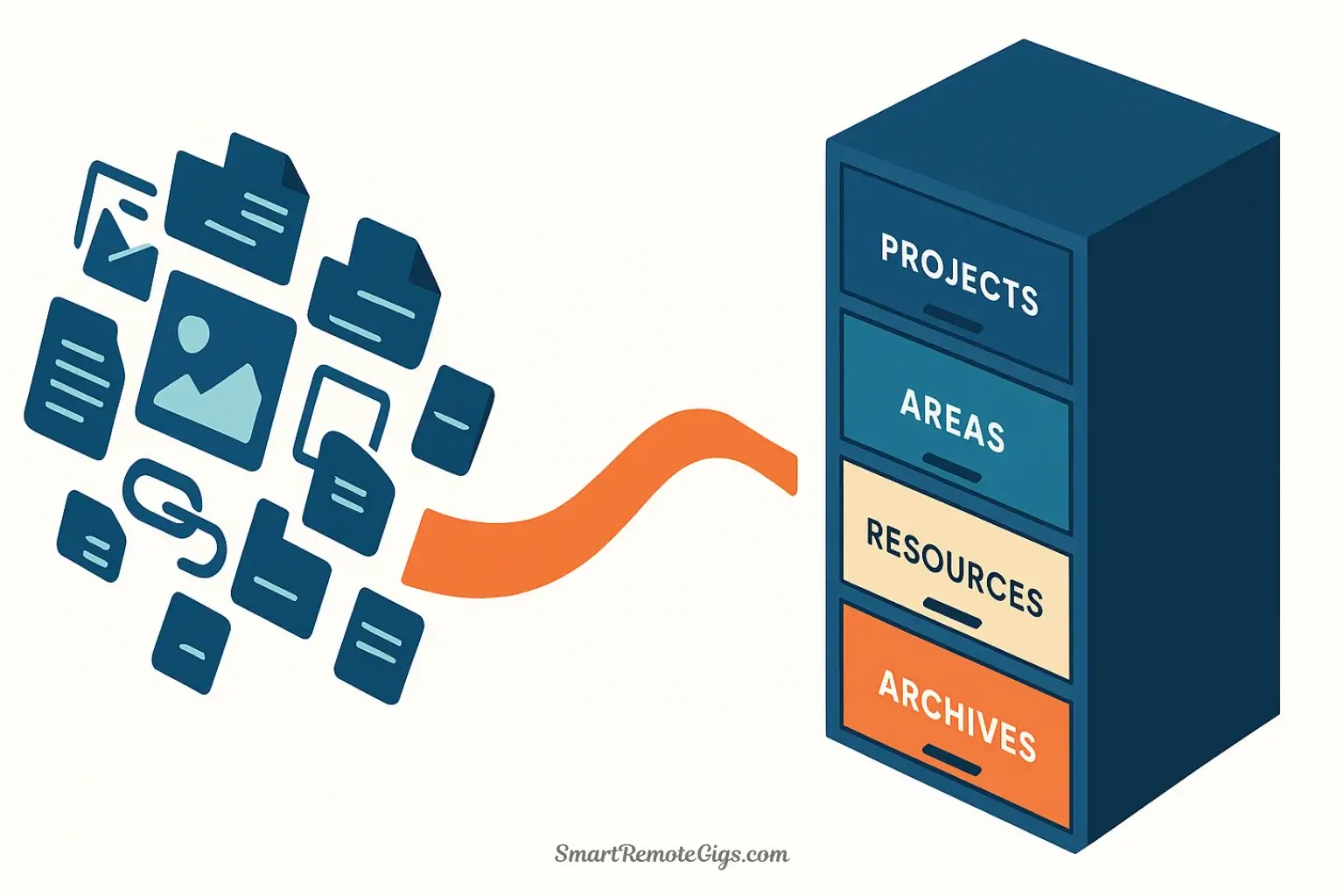
P.A.R.A. Method
A hierarchical organization system by Tiago Forte, designed for actionability. It structures information into four clear categories: Projects, Areas, Resources, and Archives.
Excellent for project-driven work and easy for beginners to implement. Its primary strength is organizing information by actionability, but it can become a 'graveyard' of notes if not actively maintained.
Editor's Rating:
Price: Free
Visit WebsiteZettelkasten Method
A non-hierarchical, networked note-taking method designed for connecting ideas and generating insights. It uses atomic notes and bidirectional links to create a web of knowledge.
Unparalleled for deep thinking, research, and generating novel insights over the long term. It has a moderate learning curve and can become too abstract if not paired with a system for action.
Editor's Rating:
Price: Free
Visit Website